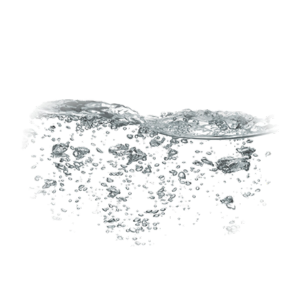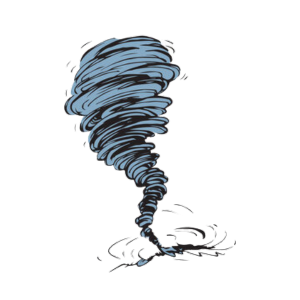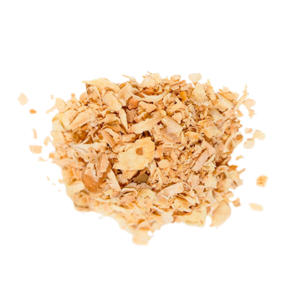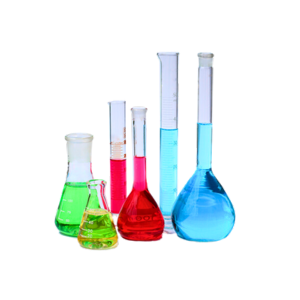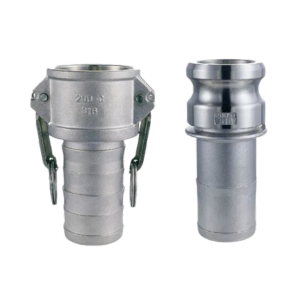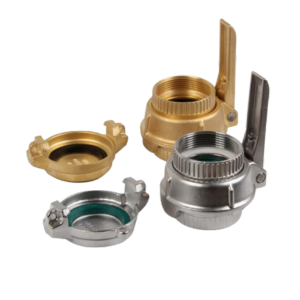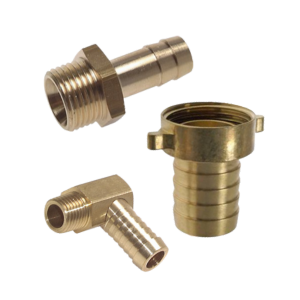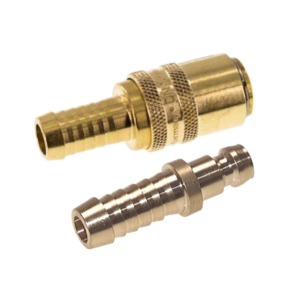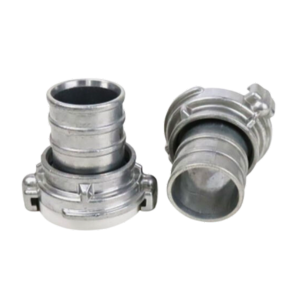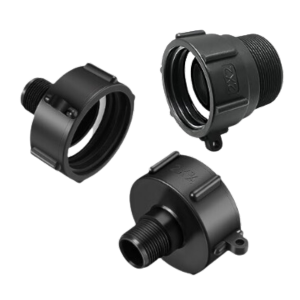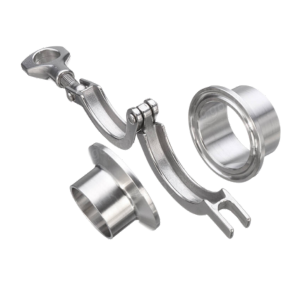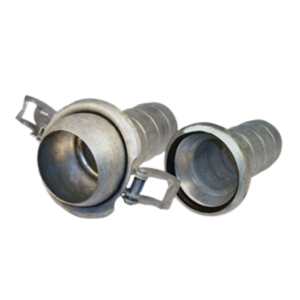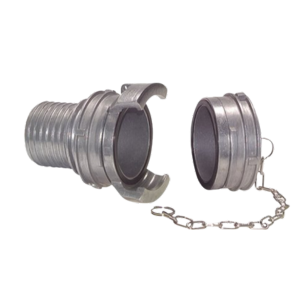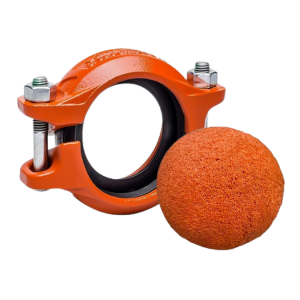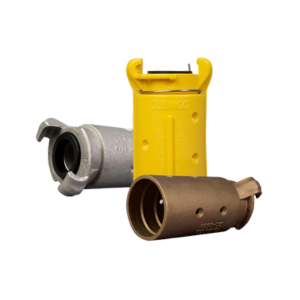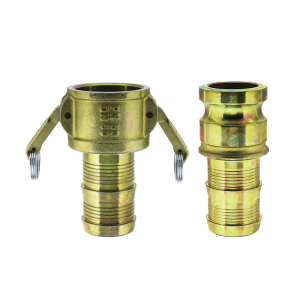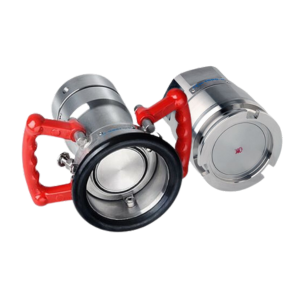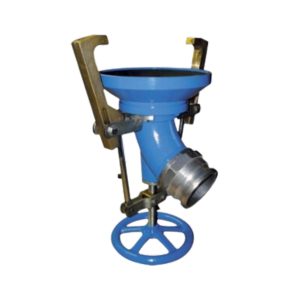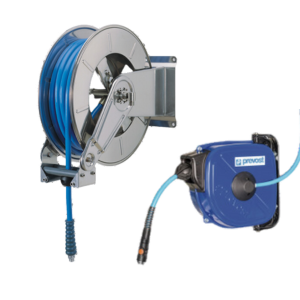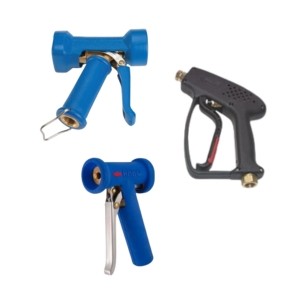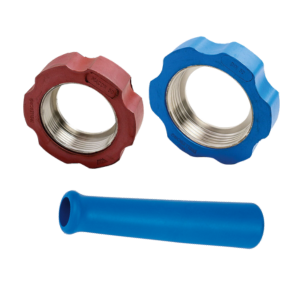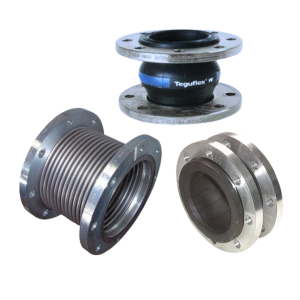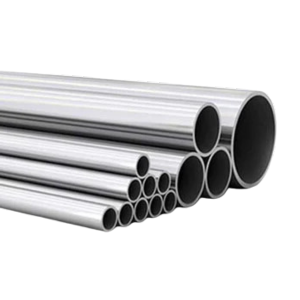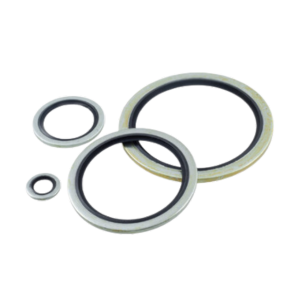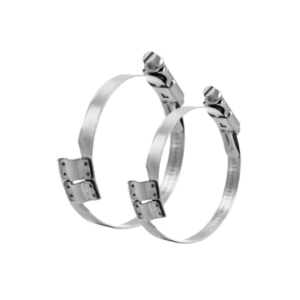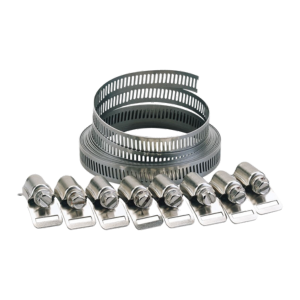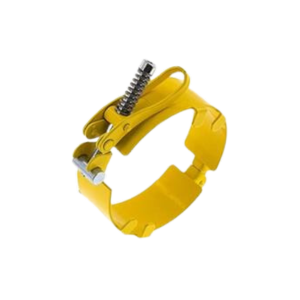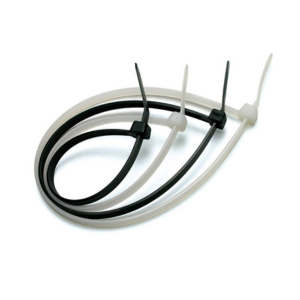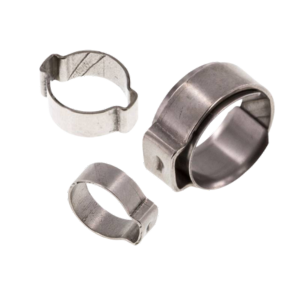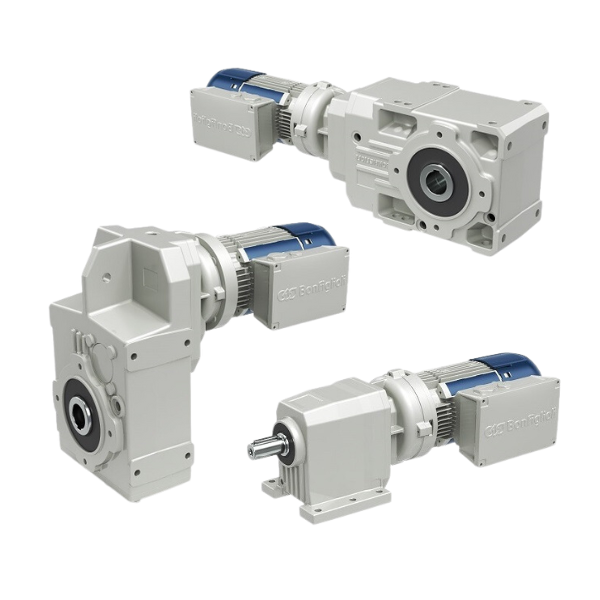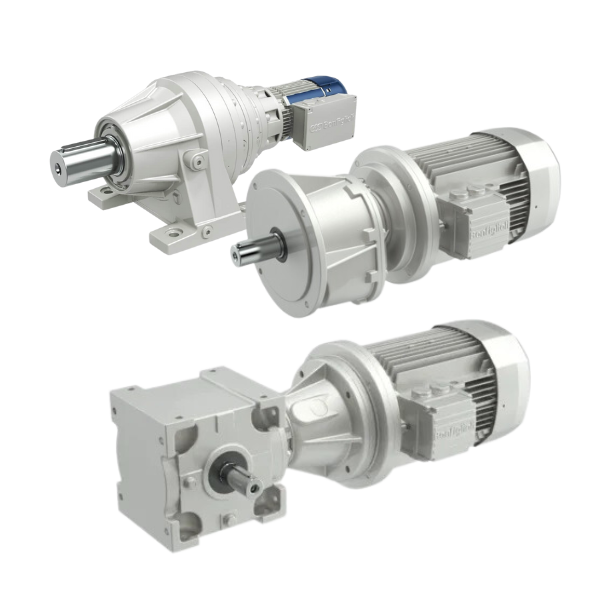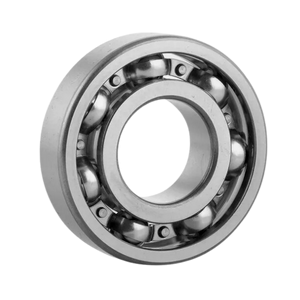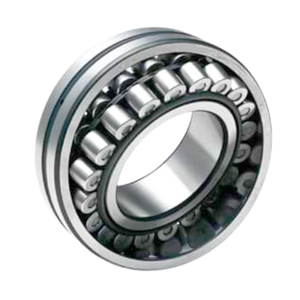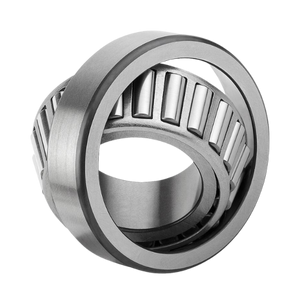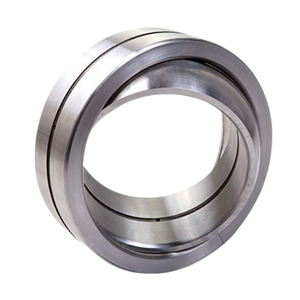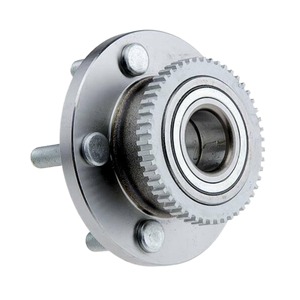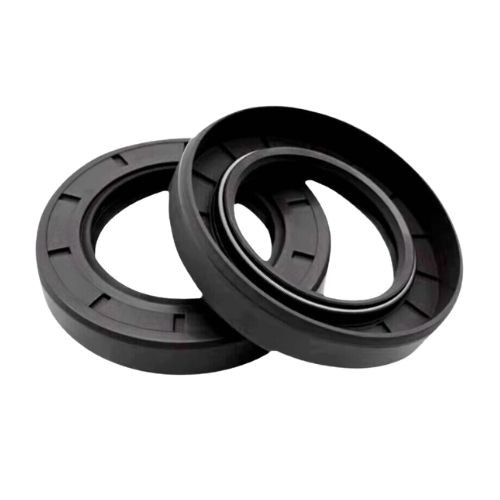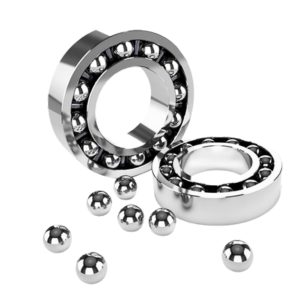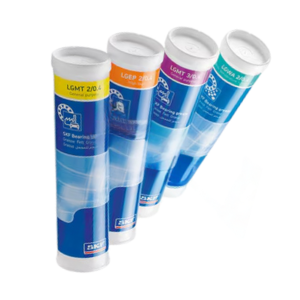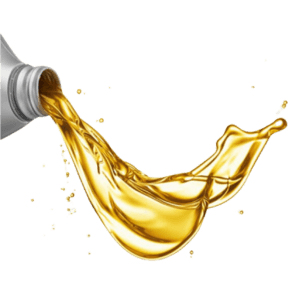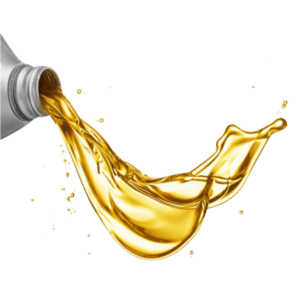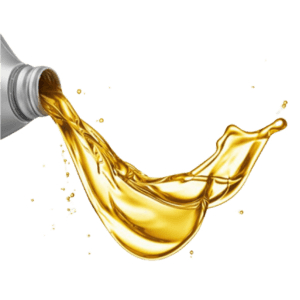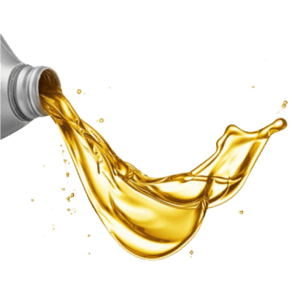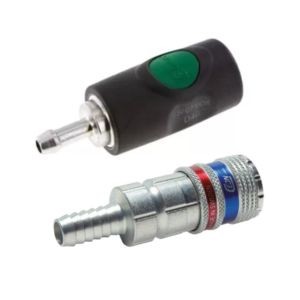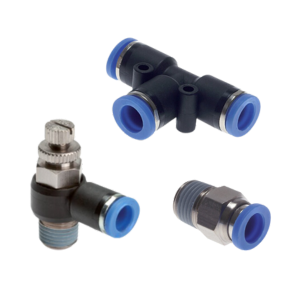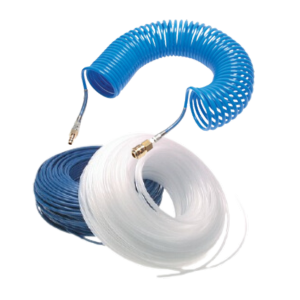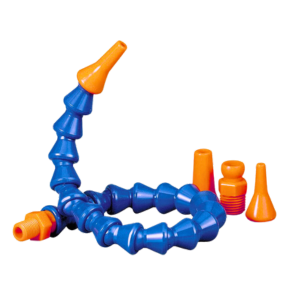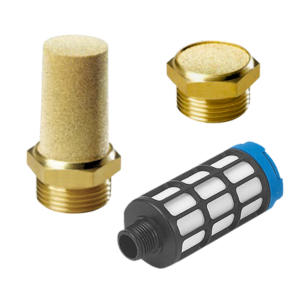Different types of rubber

Often you have to come across a request to sell a "black" rubber hose, but no detailed information about its use is given. Although the color of most rubber hoses is black, this does not reflect their technical characteristics. For general understanding, the black color of the hose is due to the carbon rubber in the composition, while food grade rubber is usually produced in white color, but this is not an absolute rule.
The properties of rubber do not depend on its color!
Rubber price comparison (NR) for natural rubber:
NR = 1
SBR = 0,5- 0,7
EPDM = 0,7-0,8
NBR = 1
CR = 2-2,5
IRR = 2,5-3
SILICON = 4-7
VITON = 4-8
HYPALON = 3
NR (Natural rubber) natural rubber has good mechanical properties, due to its excellent elastic properties it is particularly resistant to friction and wear, it is the best solution for transporting abrasive (sand, sugar, gravel, etc.) with hoses.
Operating temperature from -50ºC to + 90°C
+ elastic, resistant to stretching and abrasion
+ remains flexible at low temperatures
+ resistant to acids and alkalis
- not resistant to oils and petroleum products (gasoline, oil, etc.)
- not sufficiently resistant to heat and ozone
SBR (Styrene Butadiene Rubber) rubber has good mechanical properties and is therefore used in industrial environments where abrasion resistance is required. Most hoses for transporting abrasive (sand, sugar, gravel, etc.) are made of this rubber. Relatively inexpensive rubber.
Operating temperature from -50ºC to +110°C
+ excellent mechanical properties, resistant to wear
+ more resistant to aging and temperature (compared to natural rubber)
+ resistant to most inorganic chemical products
- not sufficiently resistant to tearing, ozone and atmospheric effects
- not sufficiently resistant to petroleum products (gasoline, oil, etc.)
- not resistant to grease
EPDM (Ethylene Propylene Diene Monomer) is a very versatile rubber that is perfect for outdoor use. Very resistant to aging, even when exposed to aggressive external conditions: steam, oxygen, ultraviolet rays, ozone or other extreme weather conditions, when the ambient temperature changes strongly, EPDM rubber retains its properties, which is why it is widely used in various fields. It is an interesting fact that rubber is more resistant to hot water or saturated steam than to dry heat.
Operating temperature from -45ºC to +120°C (in some cases upto +140°C or even +210°C)
+ maintains good properties at low and high temperatures
+ resistant to aging and weathering
+ resistant to steam and many chemicals and solvents
- resistant to oil products and grease
NBR (Nitrile Rubber) nitrile rubber is specially designed for petroleum products. Its mechanical properties remain unchanged even after direct contact with oils and fats. Hoses for transporting oil, gasoline, kerosene, various gaskets and sealing rings are made from this rubber. Due to its resistance to high temperatures and steam sterilization, food grade NBR rubber is used in most hoses for transporting food products.
Operating temperature from -30ºC to +120ºC
+ resistant to oils and petroleum products
+ resistant to stretching and bending
+ resistant to high temperatures
- medium resistance to low temperatures
- not sufficiently resistant to weathering and ultraviolet rays
Q (Silicone) silicone is a specific material, its technical properties remain unchanged in a wide temperature range. Highly resistant to high and low temperatures, aging and weathering. Silicone is an odorless and tasteless material, which is why it is often used in the medical, pharmaceutical and food industries.
Operating temperature from -70ºC to +200ºC (in some cases upto +220ºC)
+ very resistant to cold and heat
+ resistant to ultraviolet rays, ozone and atmospheric effects
+ resistant to many chemicals
- not resistant to hydrolysis - not resistant to petroleum products
CR (Chloroprene)synthetic rubber, otherwise known as Neoprene®, has a balanced combination of technical properties that make it a multifunctional, versatile rubber. Chloroprene rubber is used to make insulation tapes, spacers that come into contact with oil and other chemical products. This rubber can be used outdoors, resistant to temperature changes and adverse weather conditions.
Operating temperature from -25ºC to +125ºC.
+ resistant to heat and flame
+ resistant to atmospheric effects
+ good mechanical properties, resistant to wear
+ resistant to inorganic chemicals, except oxidizing acids and halogens.
+ moderate oil resistance
- not sufficiently resistant to gasoline, aromatic hydrocarbons
IIR (Butyl rubber) butyl rubber has a very low permeability to air and other gases. Rubber's flexibility, resistance to environmental effects and gas impermeability allow this rubber to be used in a variety of applications. Butyl rubber used in the chemical industry is resistant to high concentrations of mineral acids and alkalis.
Operating temperature from -45ºC to +130ºC
+ impervious to gas
+ resistant to environmental effects and ultraviolet rays
+ resistant to steam, heat and chemicals
- not sufficiently resistant to oil and hydrocarbon solvents
Viton® is a synthetic rubber, also known as fluoroelastomer or FKM rubber, is highly valued and used in industry for its resistance to many hydrocarbons, acids and alkalis, and its mechanical properties remain unchanged even at temperatures up to +250°C. Gaskets and other Viton® rubber products are used in oil refining, metalworking and chemical industries.
Operating temperature from -20ºC to +250ºC (shortly upto +300ºC)
+ flame and high temperature resistant
+ resistant to oxygen, ozone and atmospheric effects
+ resistant to most chemicals
- not sufficiently resistant to essential substances
Hypalon® (CSM rubber) is famous for its excellent resistance to adverse atmospheric conditions, hydrolysis, and various acids and alkalis. Hypalon gaskets are used in the construction, electrical, automotive and chemical industries due to their resistance to chemicals.
Operating temperature from -35ºC to + 140ºC
+ flame resistant and self-extinguishing
+ resistant to ultraviolet rays and weathering
+ resistant to most chemicals
+ resistant to petroleum products

